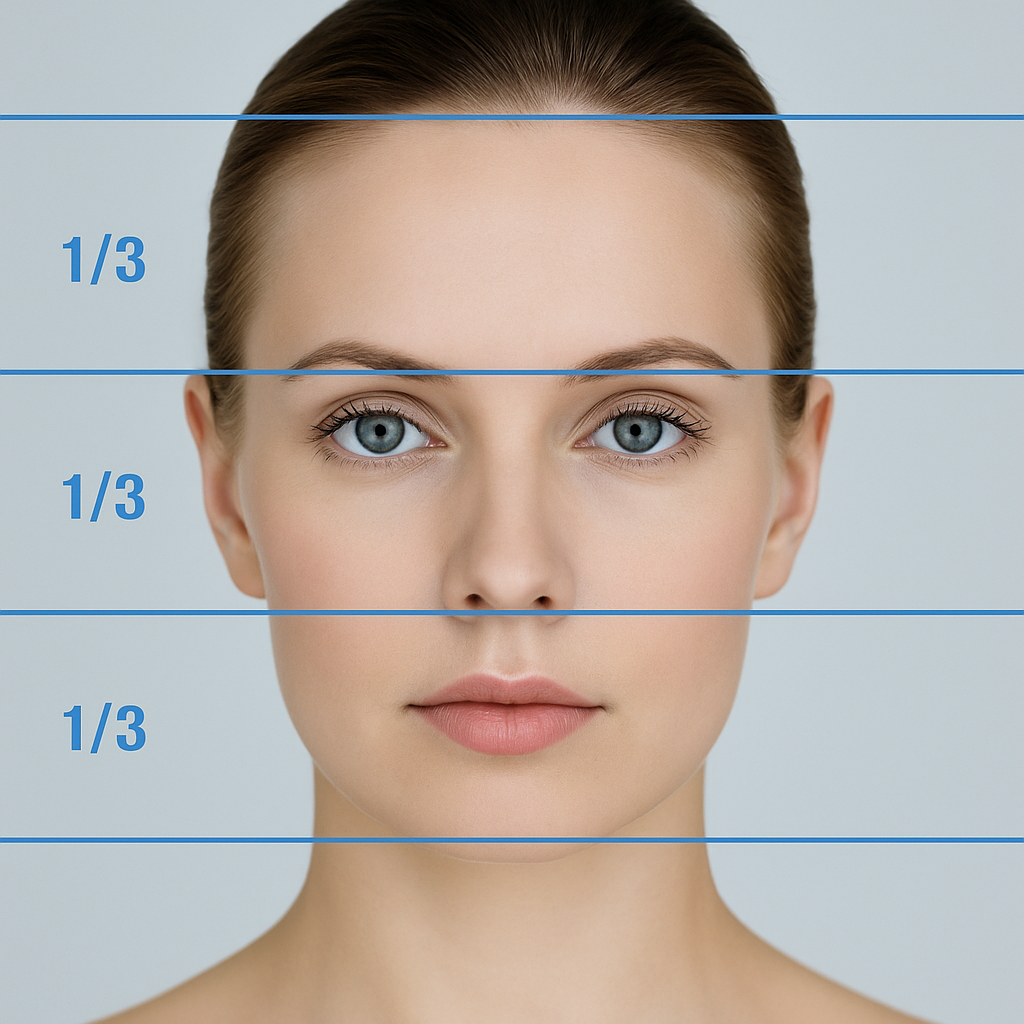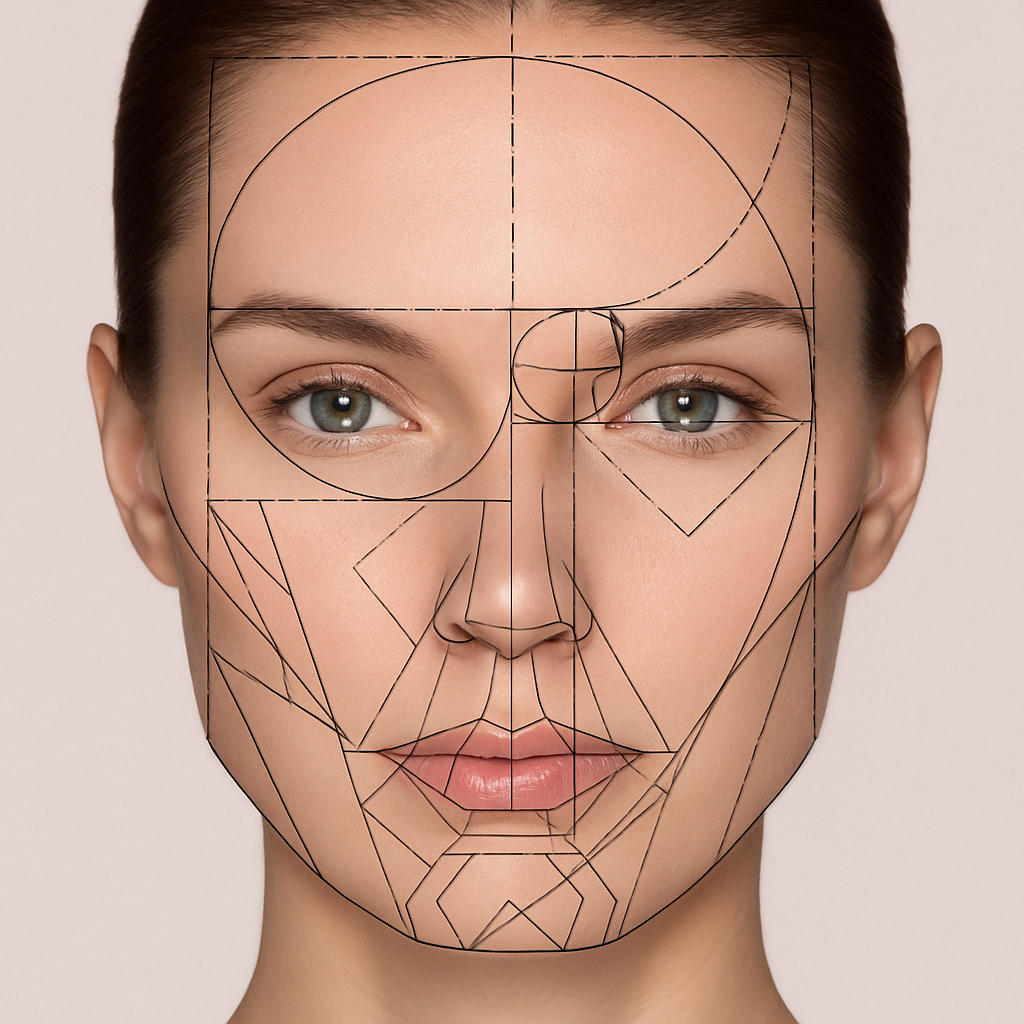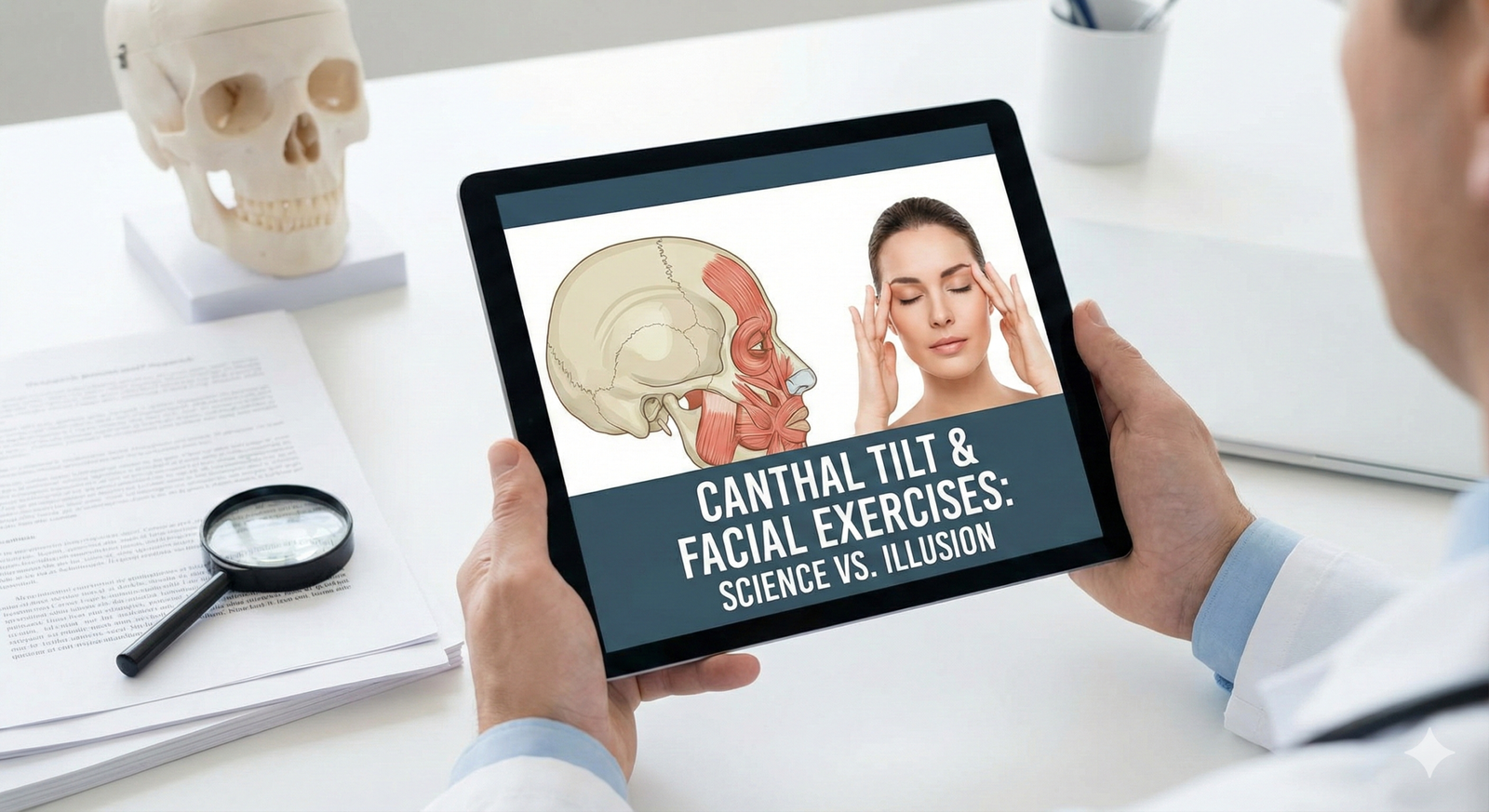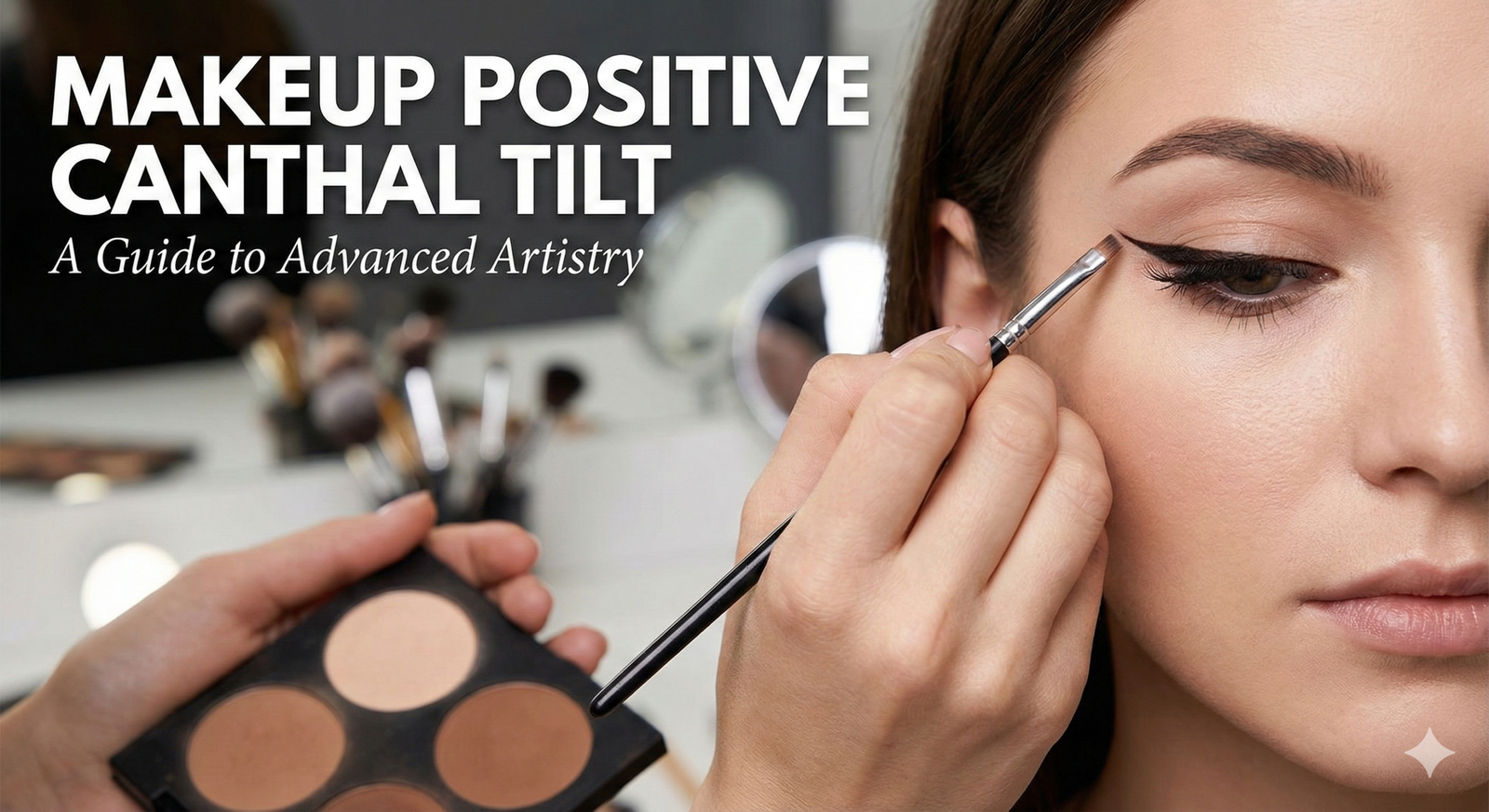Have you ever wondered what makes a face aesthetically pleasing?
Is there a hidden mathematical code behind what we perceive as beautiful?
For centuries, artists, scientists, and philosophers have been fascinated by the concept of ideal facial proportions.
It turns out, there are indeed some fascinating principles that contribute to what we often describe as facial harmony and balance.
In this blog post, we’ll embark on a journey to uncover these secrets, exploring two of the most prominent concepts: the enigmatic Golden Ratio and the practical Rule of Thirds.
We’ll delve into how these guidelines are applied to facial aesthetics and how they help us understand the subtle nuances that create a truly captivating visage.
So, let’s dive in and unlock the secrets of facial harmony together!

Videos are added as random thoughts 💭 💭
The Golden Ratio: A Divine Proportion in Facial Aesthetics
The Golden Ratio, often symbolized by the Greek letter Phi (Φ), is an irrational number approximately equal to 1.618.
This mathematical concept has captivated thinkers for ages, appearing in everything from the spirals of galaxies and the patterns in nature to the masterpieces of renowned artists and the blueprints of famous architectural wonders.
Its allure lies in its inherent balance and harmony, producing structures and forms that many consider to be visually appealing and harmonious.
When applied to facial aesthetics, the Golden Ratio is believed to provide a blueprint for what constitutes a harmoniously proportioned face.
It’s not about achieving a perfect, identical look for everyone, but rather about understanding the underlying mathematical relationships that contribute to perceived beauty. For instance, consider the relationship between various facial features:
Eyes and Nose: According to the Golden Ratio, the width of the nose is ideally 1.618 times the distance between the eyes.
This proportion ensures that these central features are balanced with each other, contributing to the overall harmony of the face.
Face Width: A face is often perceived as more aesthetically pleasing when its width is approximately 1.618 times the width of the mouth.
This application of the Golden Ratio helps to create a sense of balance across the facial features, making the face appear more proportionate and visually appealing.
Lips and Chin: In the realm of cosmetic procedures, professionals often aim to adjust the lips, chin, and other facial features to align more closely with the Golden Ratio.
This pursuit of facial harmony involves creating a balance between the various elements of the face, ensuring that each feature complements the others and enhances the individual’s natural beauty while maintaining a sense of proportion and symmetry.
While the Golden Ratio offers a fascinating mathematical lens through which to view facial harmony, it’s crucial to remember that beauty is a multifaceted concept.
It encompasses much more than just measurements and ratios, being shaped by cultural, personal, and societal influences.
Nevertheless, the Phi Ratio serves as an intriguing guide to understanding the underlying principles of facial proportions.
The Rule of Thirds: A Practical Guide to Facial Balance
Beyond the intricate calculations of the Golden Ratio, another practical and widely used guideline in facial aesthetics is the Rule of Thirds.
This principle simplifies the assessment of facial balance by dividing the face vertically into three roughly equal sections:
1. Upper Third: This section extends from the hairline down to the glabella, which is the flat area between your eyebrows.
2.Middle Third: The middle third spans from the glabella to the base of the nose, specifically the subnasale (the point where the nasal septum meets the upper lip).

3. Lower Third: Finally, the lower third measures from the base of the nose down to the bottom of the chin.
For a face to be considered aesthetically balanced according to the Rule of Thirds, these three horizontal sections should ideally be of equal height.
This straightforward guideline is particularly useful for artists, plastic surgeons, and anyone interested in understanding the fundamental principles of facial proportion.
It provides a quick visual assessment of overall facial balance and symmetry, helping to identify areas that might appear disproportionate.
For example, if the lower third appears significantly shorter or longer than the other two thirds, it might contribute to an unbalanced appearance.
Similarly, a very high or very low hairline can impact the perceived balance of the upper third.
The Rule of Thirds serves as a foundational tool for evaluating facial harmony and guiding cosmetic interventions aimed at achieving a more balanced and pleasing aesthetic.
Beyond the Numbers: The Art and Science of Beauty
While the Golden Ratio and the Rule of Thirds provide valuable frameworks for understanding aesthetic face proportions,
it’s important to remember that beauty is ultimately subjective and diverse.
These guidelines are tools, not rigid rules, and they don’t account for the unique charm and character that individual features bring to a face.
The human face is incredibly complex, and its beauty is influenced by a myriad of factors, including symmetry, skin quality, expression, and even cultural perceptions.
Cosmetic procedures, when guided by these principles, aim to enhance natural beauty and restore balance, rather than to create a standardized ideal.
The goal is to achieve a harmonious and aesthetically pleasing outcome that respects the individual’s unique features.
Ultimately, true beauty lies in confidence, self-acceptance, and the unique qualities that make each person distinct.
So, the next time you look in the mirror, or at a captivating face, consider the subtle interplay of proportions and how they contribute to overall harmony.
It’s a fascinating blend of art and science, a testament to the intricate design of the human form.



